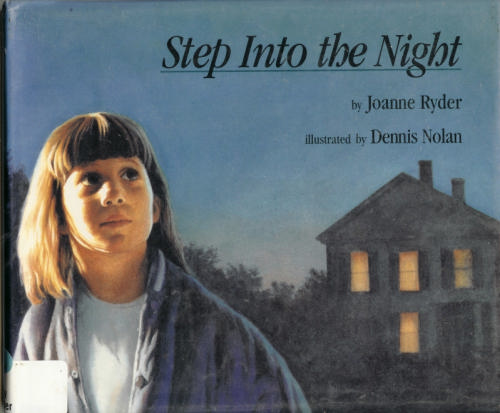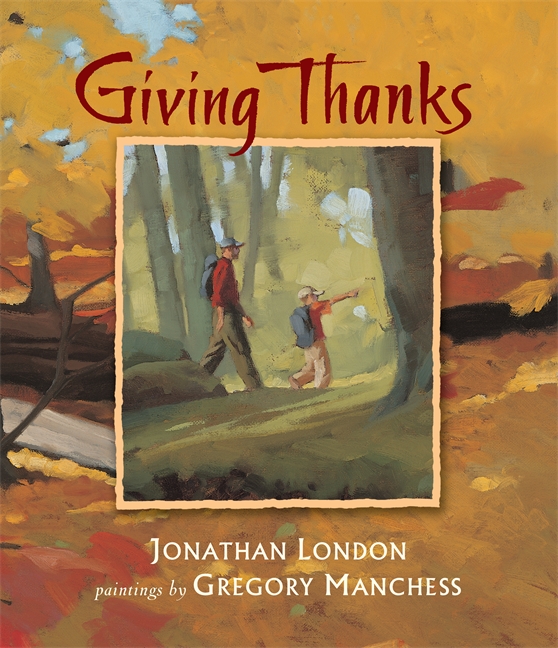
Inspired by her childhood memories of a river in Maine, Lisa Westberg Peters wrote Good Morning, River. It was the beautiful St. Croix River, and the book’s flap says that because of her fondness, she’d “wanted to write a story that would make rivers seem less scary to children.” Her book traces the river’s appearance through milestones in the life of a little girl. It’s a simple story with beautiful illustrations that were drawn – of course – with watercolors.
The drawings capture the seasons around the river, whether it’s autumn leaves in the misty forest, or green springtime leaves when the ice thaws. Deborah Kogan Ray teaches the art of children’s book illustration, and she’s created an impressive suite of pictures. The book’s cover shows a peaceful snow along the river’s edge, but there’s a hazy yellow-green when it’s mid-summer and “the river sparkled in hot white sunlight…” And when the book takes a somber turn, the river even turns a dismal grey, matching the sky and dark leaves of the forest against the silhouette of a dreary brown mountain.
The book opens with a strange mystery: will the river ever talk to the little girl? An old man named Carl says the river will tell him when it’s safe to walk on its ice.
In the springtime, Carl and Katherine take a canoe ride, and pretend they’re boating through a steamy jungle stream filled with alligators and snakes. “Shimmery heat” rises from the riverbank’s sand in summer – and the little girl takes her first swim in the river’s water. But it’s when she’s relaxing against a log, singing songs to herself, that the river “answered with its own music – a steady slap…slap…slap of the evening ripples.”
One morning Carl isn’t there, on a grey autumn day when the wind whips the river into waves. The book hints that he has a health problem, and the little girl watches as “the car disappeared in the dust of the gravel road,” in a beautiful orange illustration. It’s the real message of the book: how the river seems to magically reflect the girl’s moods. “All that fall, the cold drizzle chilled the chickadees into silence…” The text savors each season’s changes with its own kind of poetry. (“The river was swollen with snow melt and rain. Floodwater rose to the limbs of the trees, and everywhere was the sweet smell of rotting leaves.”)
And at the end of the book, the little girl hears the river’s voice after all.







